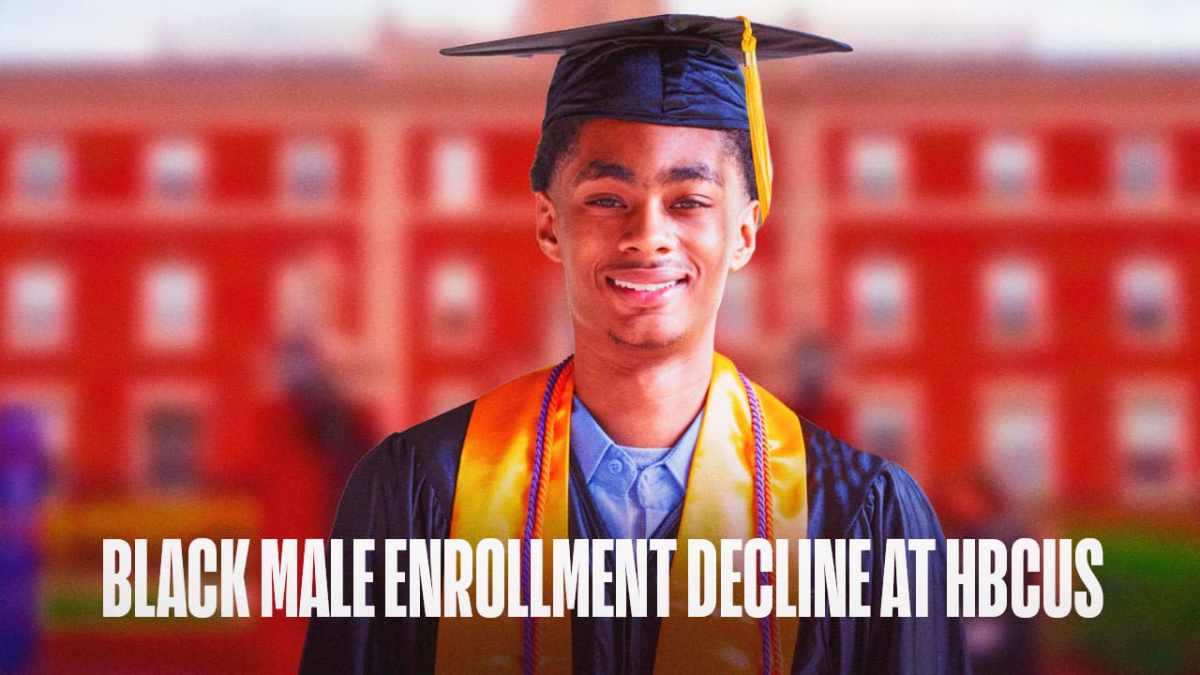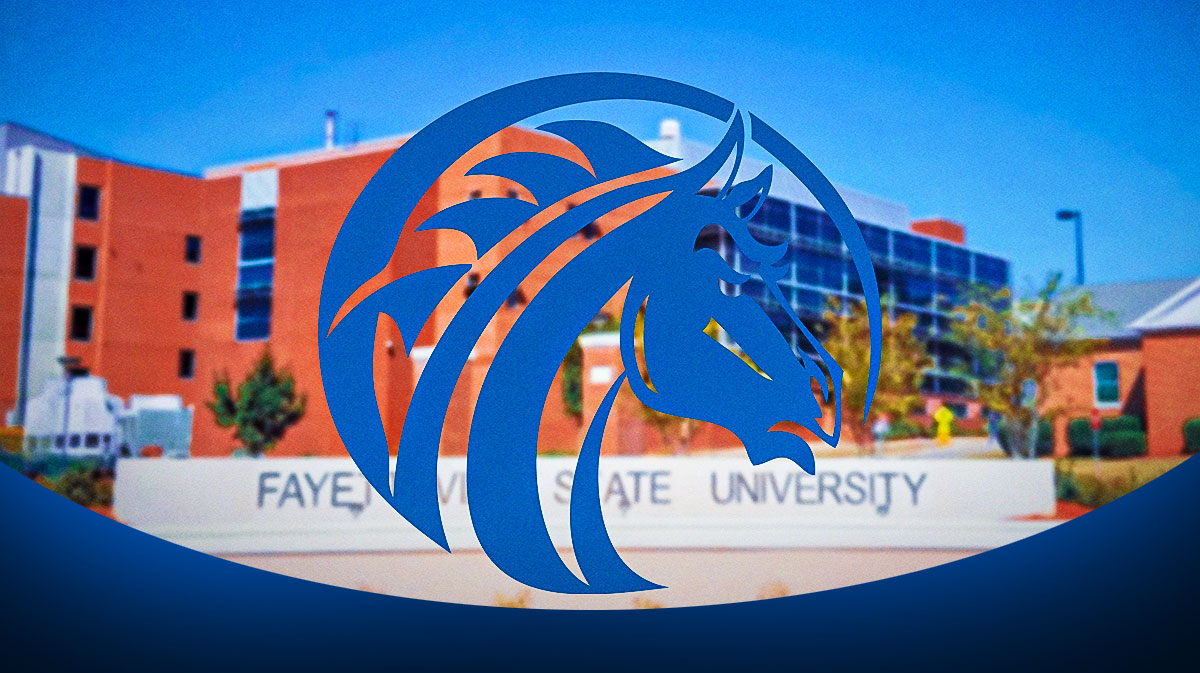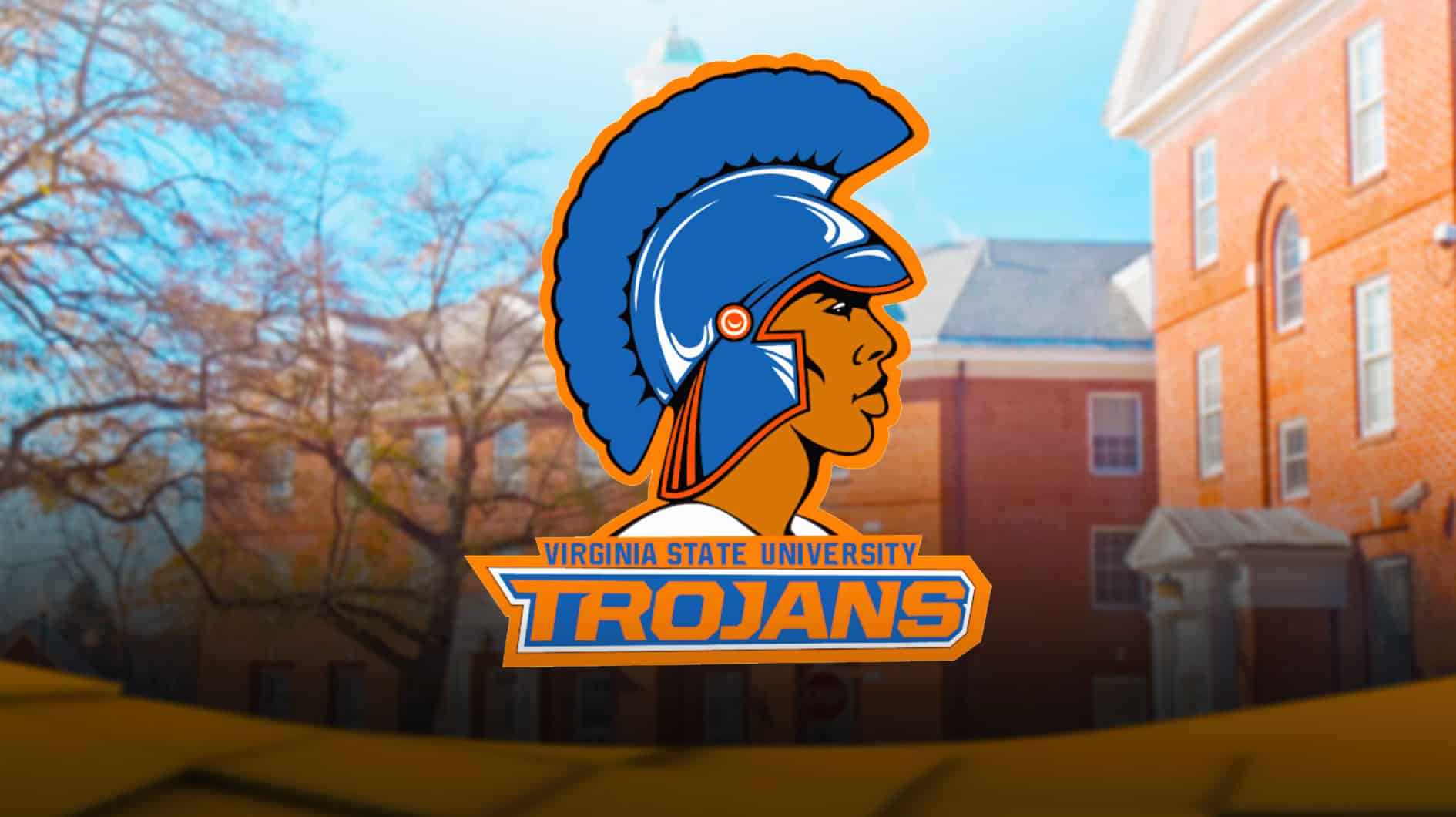Historically Black Colleges and Universities (HBCUs) have seen a sharp decline in Black student enrollment over the past decade, according to a new report from the American Institute for Boys and Men (AIBM).
Between 2010 and 2020, HBCUs experienced an 11% drop in enrollment, reflecting similar trends across other colleges and universities. However, Black male enrollment dropped even more sharply by 25% compared to a 22% decrease at other institutions.
Back in 1976, Black males represented 38% of students at HBCUs. Today, that number has fallen to just 26%. Despite this decline, the rising number of non-Black students, now at 26% of the student body, has helped cushion the impact of the drop in Black male enrollment.
Recent years have shown some positive changes for HBCUs. After a big drop in male enrollment during the COVID-19 pandemic, HBCUs saw more applications and enrollments from 2020 to 2022. This increase happened after George Floyd’s murder and as the pandemic recovery took effect.
Black male enrollment has risen since 2020 and has even surpassed other groups. However, the total number of Black men still falls short of pre-pandemic levels. Going forward, HBCUs must find out if these positive trends will keep up or if enrollment will return to earlier patterns.
The report shows the crucial role HBCUs play in supporting Black students. These institutions provide vital support for academic success, mental health, and economic growth. It also reveals that, after adjusting for factors like student preparedness and funding, HBCUs have a graduation rate for Black students that is 10 percentage points higher than at other colleges.
To tackle the decline in Black male enrollment, the report recommends several key actions. It suggests improving K-12 education in Black communities, increasing the number of Black male teachers, and expanding funding for HBCUs and their students. “These changes could help HBCUs reach their full potential in supporting the education and economic growth of Black men,” the report states.
Moreover, Richard Reeves highlights in “The Paradox of HBCU Graduation Rates” that “HBCUs are uniquely positioned to address the specific needs of Black students, offering an environment that not only supports academic achievement but also promotes mental health, social mobility, and economic empowerment.”
Since their establishment before the Civil Rights Act of 1964, HBCUs have provided essential educational opportunities for Black Americans who faced exclusion from other institutions. Therefore, ensuring these colleges remain strong and supportive is crucial for their continued impact.
HBCUs are facing a tough period with declining Black student enrollment, but they still play a crucial role in supporting Black students’ success. The recent rise in applications and enrollments since 2020 is promising, but it’s important to keep this momentum going. By following the report’s recommendations, like improving K-12 education and increasing funding, HBCUs can continue to be a strong force for Black students’ education and growth. Keeping these colleges strong is vital for maintaining their important impact and mission.





